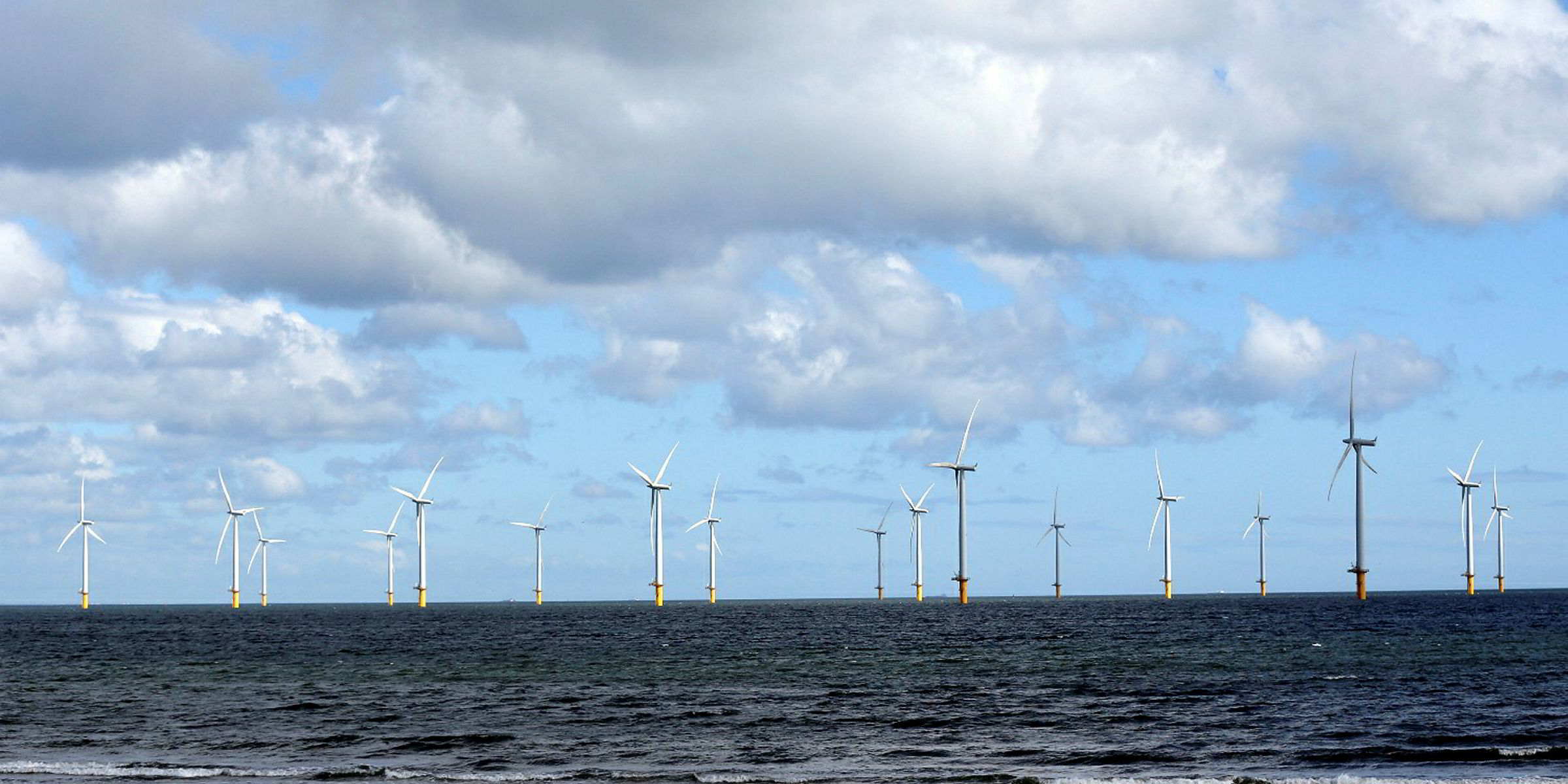The opening of the UK’s second Contracts for Difference (CfD) auction round on Monday was expected to see strike prices for offshore wind in the range of £80-85 ($100-106/€94-100) per MWh and maybe even lower, a leading energy consultancy predicts.
Chris Willow, associate director of BVG Associates, tells Recharge that around 1.5GW to 2GW of offshore wind capacity is likely to be awarded a CfD, but even that amount could be exceeded if strike prices are very low.

